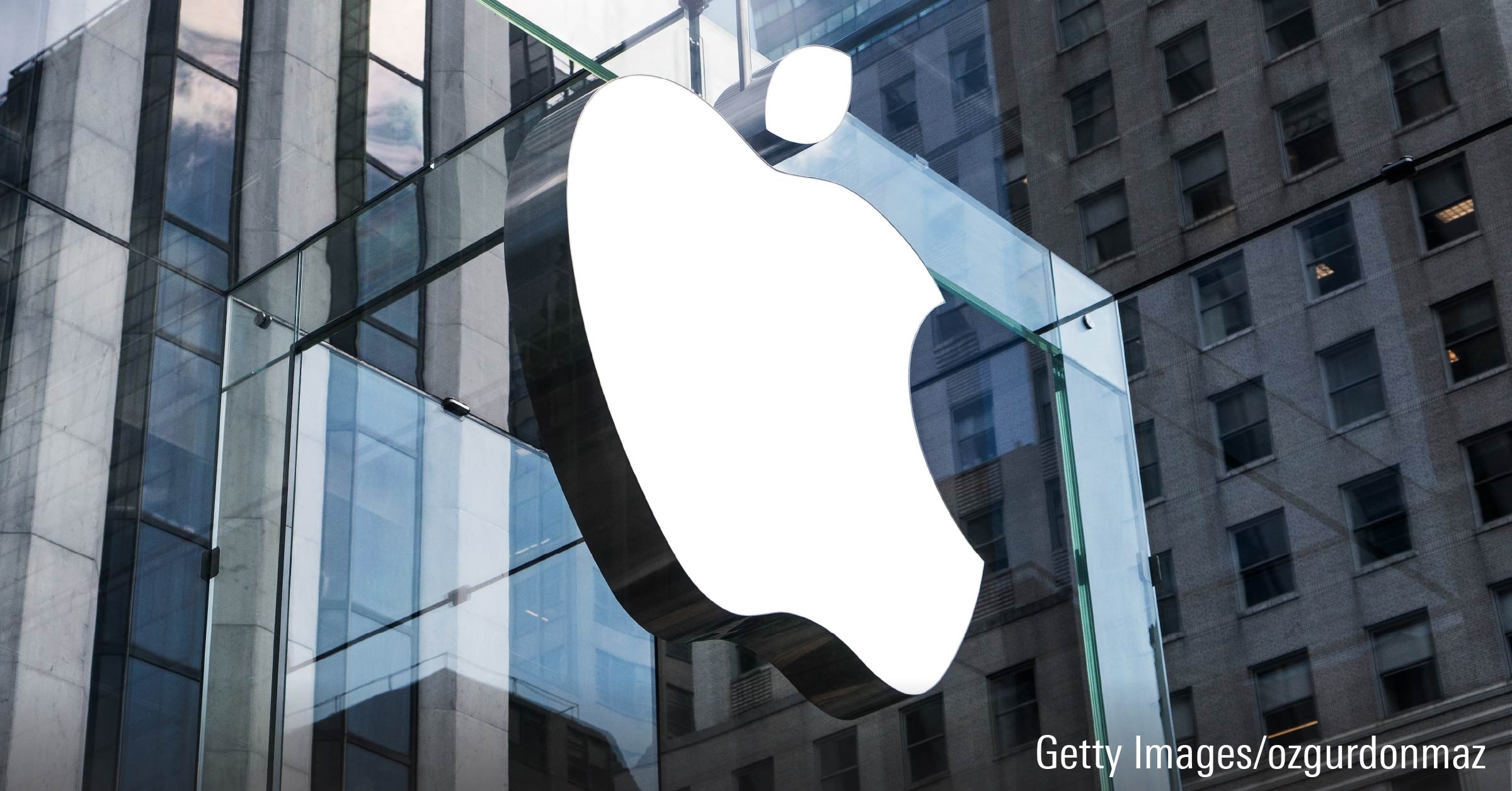Kate Lin: Welcome to Morningstar. Higher fees can eat into investor returns, meaning that investors are better served with a low-cost investment vehicle. Morningstar's research, academics, and Vanguard's Jack Bogle agree on this. While fees are just one among many variables in investing, we need to understand how we are charged and how fees contribute to our financial success. Today we have Steffanie Yuen from Endowus to discuss this further.
What's Trailer Fee?
Steffanie, what are some conventional fees that investors face when buying funds in Hong Kong?
Steffanie Yuen: Yes. Unfortunately, in Hong Kong it's constantly ranked as one of the most expensive jurisdictions to buy funds, and typically clients have two types of fees they have to pay: the one-off transactional fees, such as subscription fees, and some platforms continue to even charge withdrawal fees or switch fees.
But little known are ongoing fees that are sort of quote and quote hidden in management fees of funds. These are called trailer fees in our industry. These are essentially commissions that fund houses continue to pay distributors as long as clients continue to hold funds with the distributor, and these fees could be as high as 50 to 60% of the fund management fee.
What 1% Difference in Fees Make
Lin: So, as you know, fees can impact investment outcomes and investor experience. Tell us more about it.
Yuen: Exactly. As a financial advisor, we always tell our clients, "You cannot control how the markets go tomorrow, whether it goes up and down, but fees are something that you can really control." And we always, all of us have heard of the sort of compounding as the eighth wonder in the world, but people tend to only focus on returns compounding, but fees actually also compound.
So Endowus actually has done sort of analyses, and we've actually had graphical representation of this, and a lot of clients were shocked when they find out, let's say, if you have 100 basis points or 1% difference in fees in your portfolio over a 30-year period, your investment returns could differ by 240%. So it could really eat into your investor returns and create sort of very different investor outcomes.
Fee Structure
Lin: That's interesting. And to deal with this fee problem, Endowus has a unique fee structure. What makes it so?
Yuen: Exactly, so Endowus was really founded upon sort of solving one of the pain points of Asian investors, including Hong Kong and Singapore. Part of the issue is high fees. And why there are high fees? Part of the reason is that the fund distribution structure in this part of the world is quite concentrated in a few players, and it creates a vicious cycle that a lot of fund houses try to fight for the coveted fund shelf on these popular distributors. They then fight for paying higher commissions to the distributors, and it means sort of higher management fees and higher expense ratio products that clients ultimately have to buy. So Endowus we wanted to bring a different model to solve for this issue because high commissions, or trailer commissions fee, also create another issue of potential conflict of interest where potentially distributors might want to push higher commission products and not necessarily the most suitable products for clients.
So Endowus we run what we call a fee-only distribution model, and what we call it's conflict-free because we're only paid by clients. We charge clients an all-in, transparent 0.1 to 0.6% advisory fee all in. And we don't take any other sort of revenue sources, no trailer commissions. We rebate 100% of the trailer fees that we received from fund houses, and we don't charge any transactional fees. So that we are aligned with client interest and our only concern is to help our clients find the best products at the lowest cost to help them invest better.
Withholding Tax Can Be Another Cost
Lin: Right, so a last fee question for you. In Hong Kong, many of us have experience trading U.S listed ETFs. What is the investing cost angle to it?
Yuen: So yes, because of the U.S. dollar-Hong Kong dollar peg, U.S.-listed ETFs are very popular of Hong Kong investors, and obviously cost is a big issue. So you have large ETFs such as VOO, the expense ratio is single-digit basis point. But I think as a financial advisor, we often raise a point to clients that they might not be aware that as a sort of Asian investor investing in U.S.-listed ETFs, although you don't have the capital gains tax, you do have 30% dividend withholding tax. So for ETFs that don't pay a lot of dividends, it might not matter a lot.
But for example, I was just looking it up earlier today, if I want emerging markets VWO, it's 3.5% dividend yield. If you slap on the 30% withholding tax, although the ETF itself is very cheap, it's eight basis point. But if you slap on that withholding tax, the total expense ratio then goes up to almost 1%. So that's a huge, big difference. And that's why sometimes UCITs fund structurecould be as competitive because we don't have that withholding tax issue. And this is a good point, Kate, that you raised that we always want to let clients be aware because a lot of clients in Asia like to invest in income products.
Lin: Wonderful, Steffanie. That's very clear. For Morningstar, I'm Kate Lin.








:quality(80)/cloudfront-us-east-1.images.arcpublishing.com/morningstar/KWYKRGOPCBCE3PJQ5D4VRUVZNM.jpg)


.png)




.jpg)





